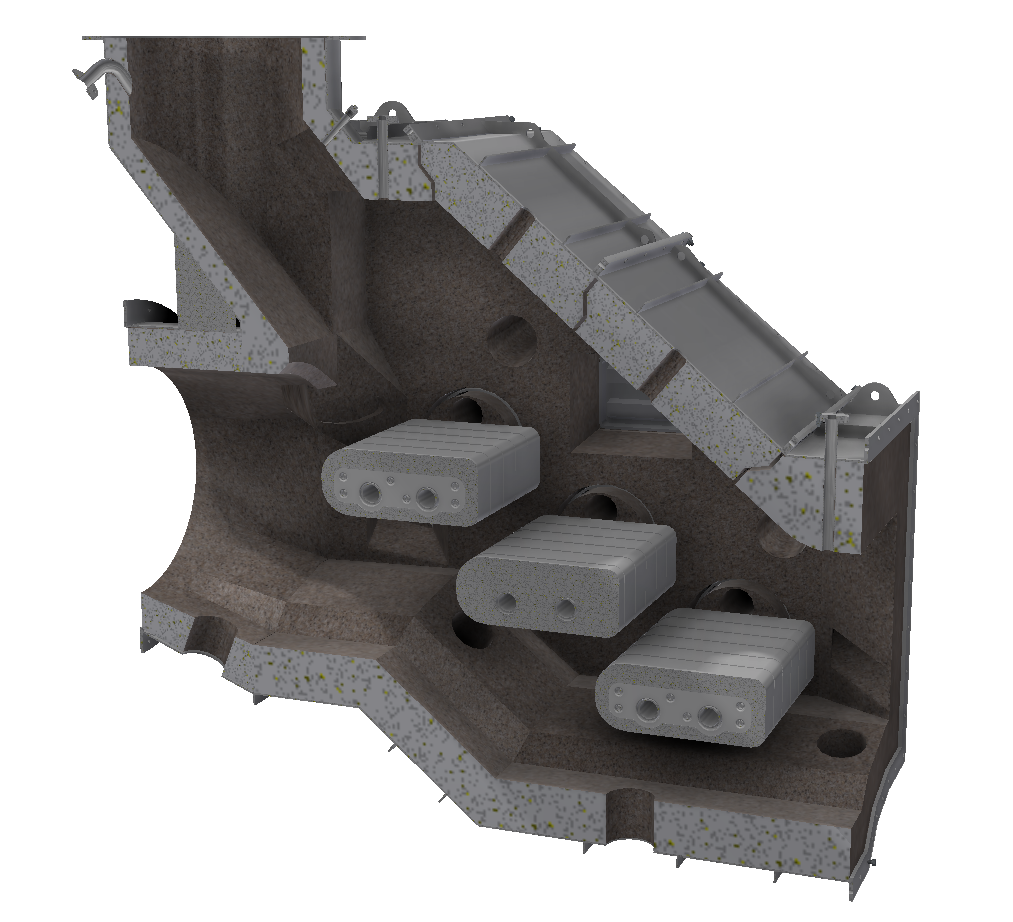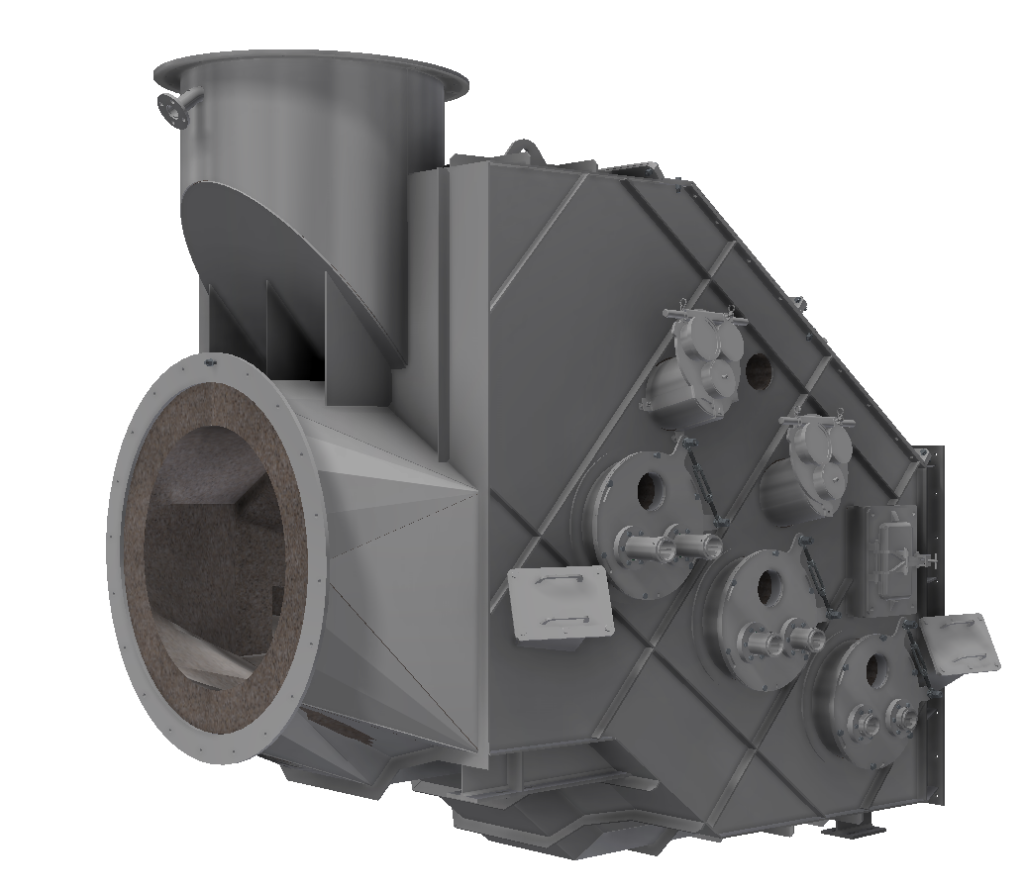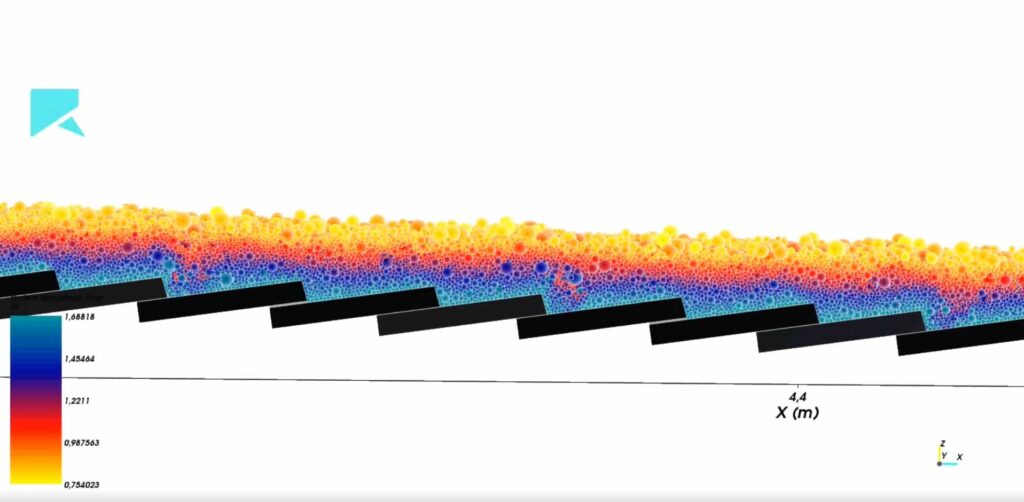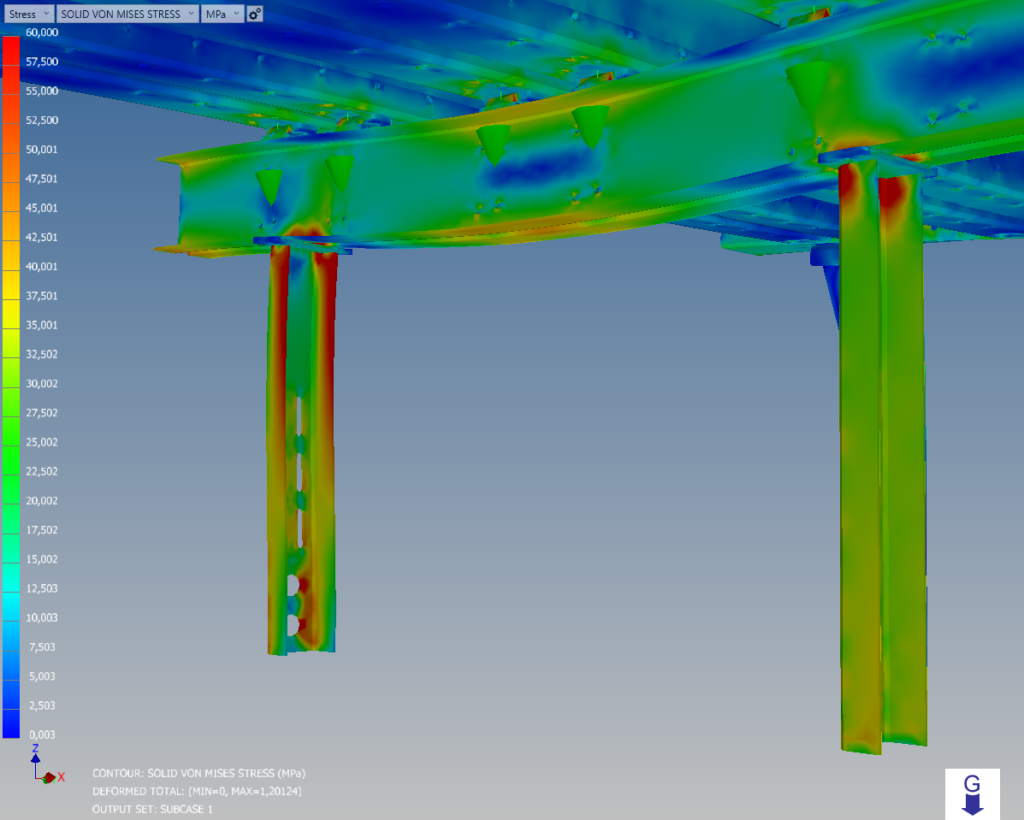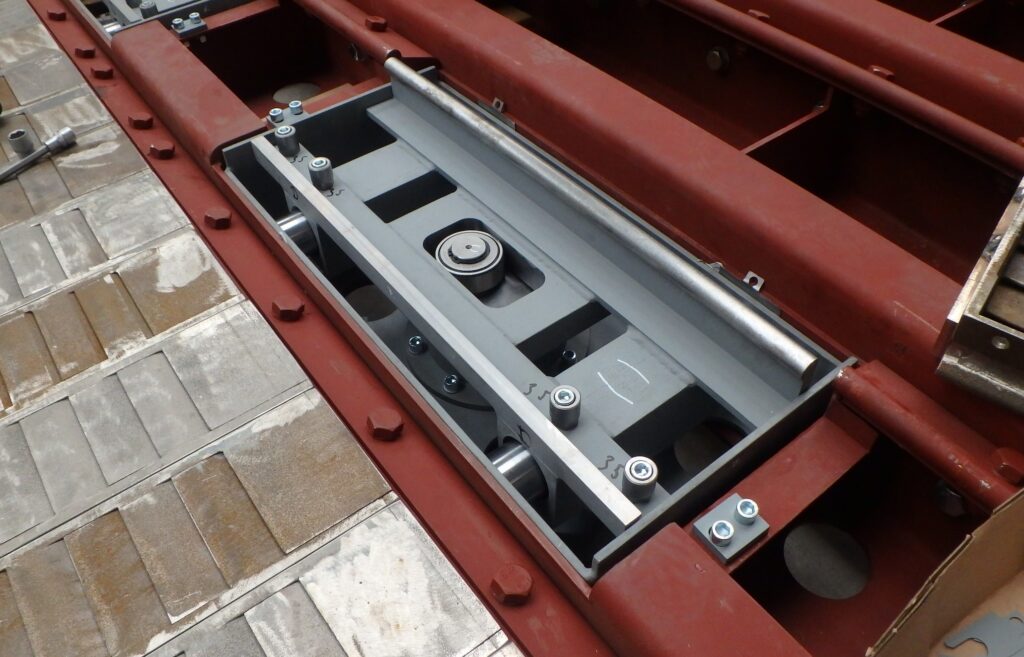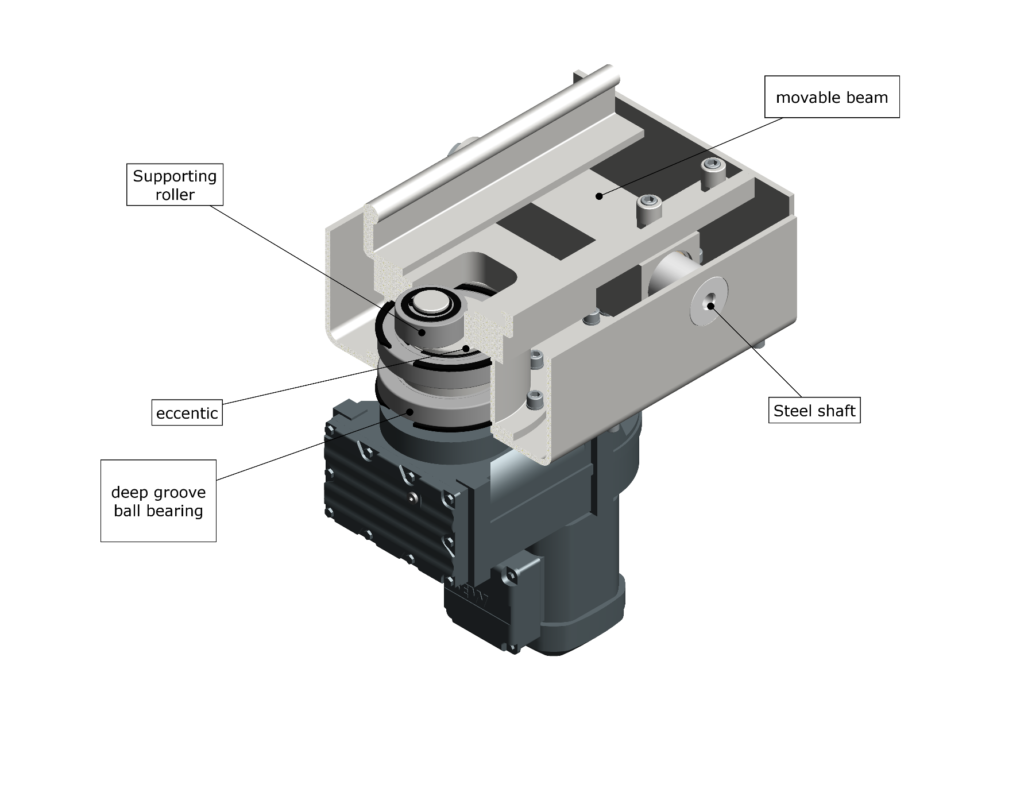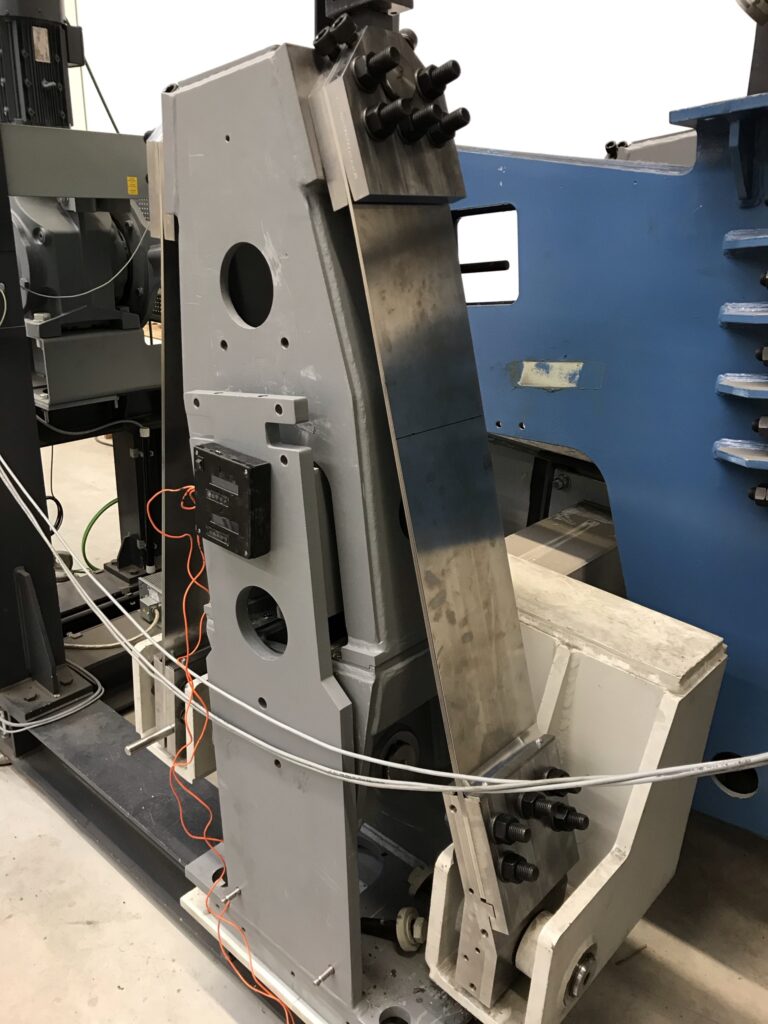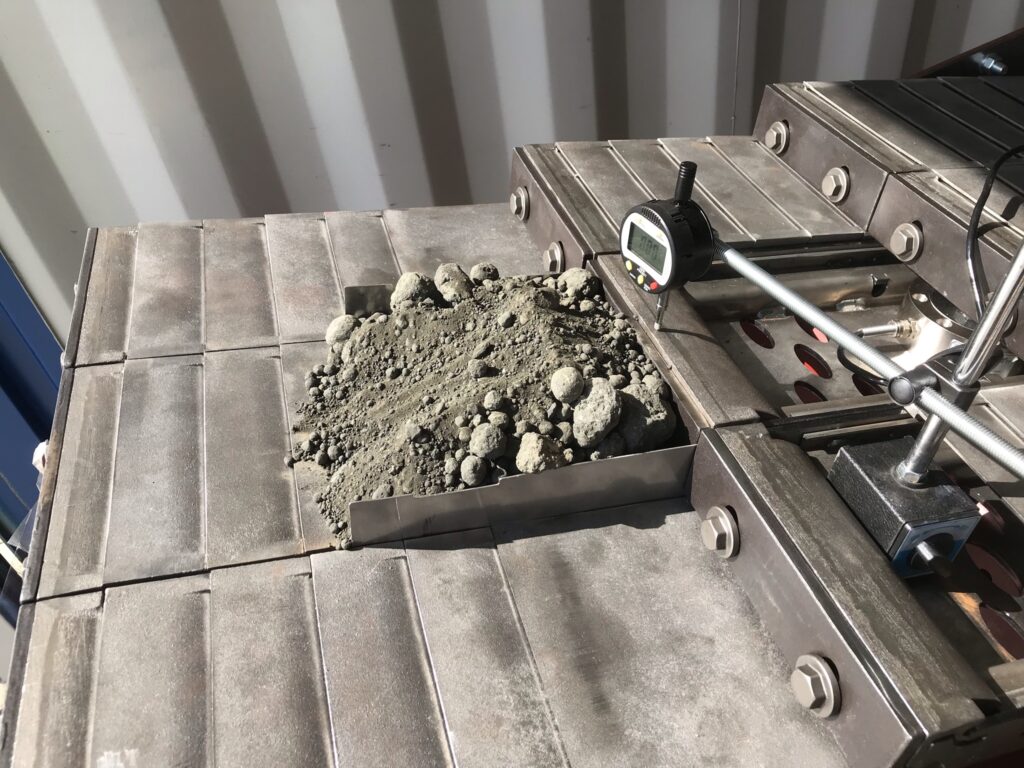Fuel efficency
Recirculation
Extracting as much energy as possible from the clinker cooler is a common goal for energy-efficient cement production. Therefore, one of the focal points in clinker cooler design is maximum heat recuperation.
The IKN Pendulum Cooler® is a very efficient recuperator. The efficiency can be raised by recirculation of cooler vent air. In the case of the IKN Pendulum Cooler®, there are no hydraulics or lubricated parts in this area making it an ideal platform to implement recirculation of hot exhaust gas. As the recirculation concept involves a closed vent-air loop, accurate flow measurement is an important element of the cooler control concept. At the very least, the recuperation air volume must be compensated by fresh air. Depending on the objective, varying volumes of gases can be recirculated resulting in either complete or partial recirculation of the extracted gases.
Waste Heat Recovery
In line with recent developments, the importance of waste heat recovery has risen significantly in the cement industry. In particular, the recirculation of hot cooling air from the cooler exhaust back into the cooler is possible. The division of the undergrate compartments and the fact that there are no heat sensitive parts under the grate, make the recirculation of hot air possible without drawbacks. Only the cooling fans must be adapted to the higher temperature.
Alternative fuels
The increase in alternative fuel rates offers a large potential to reduce fuel costs. Burning alternative fuels, such as used oils, solvents and saw dust is now common practice. In contrast, burning used paper, packaging waste and plastics requires extensive pre-processing to obtain flyable particles of similar size.
IKN’s solution to reducing the pre-processing effort is the Fire Bed Combustor (FBC). The FBC is a reactor which is flange-mounted to the calciner. It operates as a fuel separator and combustor for non- or limited flyable particles. It does not require moveable pneumatic or mechanical components for moving the fuel particles. Inside the FBC, horizontal heat resistant wings are engulfed by tertiary air from the clinker cooler. The non-flyable particles remain on the wings inside the reactor until they are picked up by the tertiary air to be burnt in the calciner. In combination with an FBC, the calciner can handle additional portions of coarse, non-flyable particles.
CO2 Reduction
CO2-mitigation in the cement industry
IKN is involved in a number of different projects tackling CO2 mitigation in the cement industry. Technologies involved are Ca-Looping, Direct Separation and Oxyfuel technologies.
One of our most recent pilot projects is CLEANKER – a project funded by Horizon2020 addressing CO2 capture from cement production at Vernaca Cement Plant in Italy. Given that the calcium looping is one of the most promising technologies for CO2 capture in cement plants, the core activity of the project is the design, construction, and operation of a demonstration system in a cement plant.
For further details visit: www.cleanker.eu
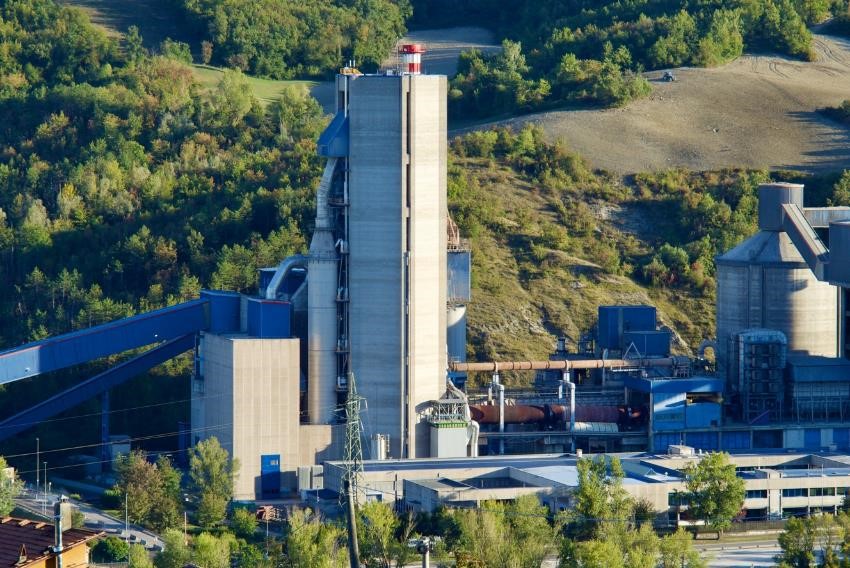
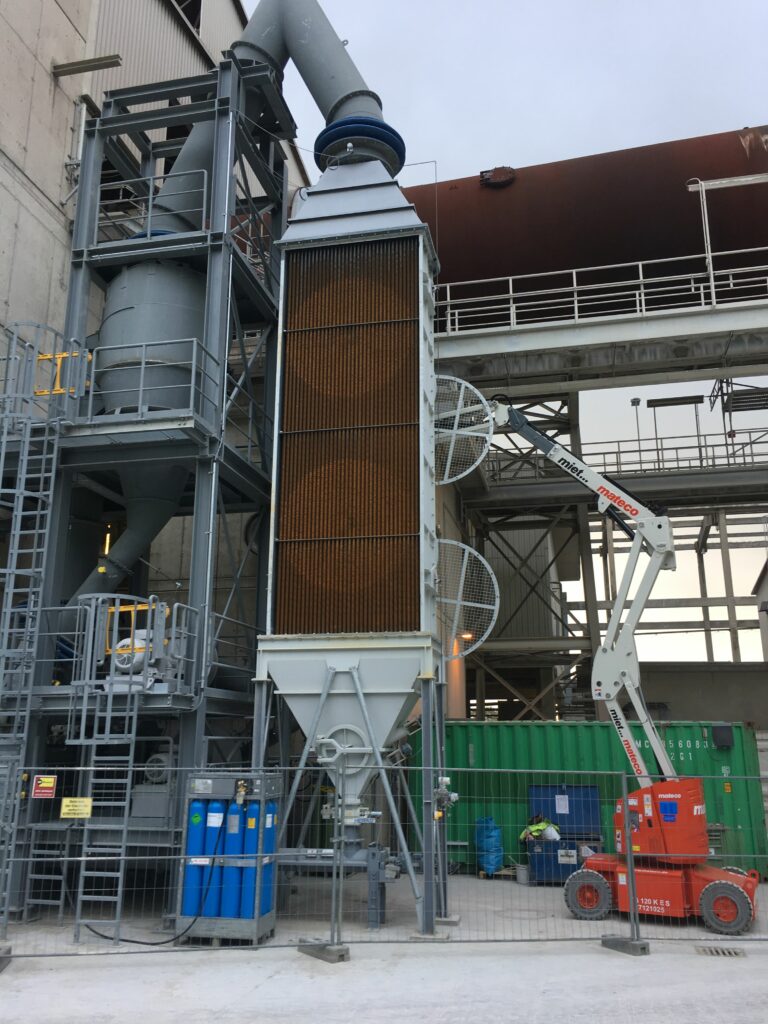
R&D Projects and Innovation
Analyze – Optimize – Implement
With over 40 years of experience in developing plants for the cement industry, we are proven experts in designing, calculating and realizing pyrotechnical plants. Our research and development team utilizes cutting-edge software tools to analyze and simulate your plants thus optimizing them for efficiency, design, and system structure.
At our technical center, we extensively test prototypes and pre-series products using a wide range of conventional and additive manufacturing processes. By collaborating closely with our customers, we develop solutions that meet their specific needs and incorporate the latest technologies.
Trust us to make your plants highly efficient today, using tomorrow’s technology.

